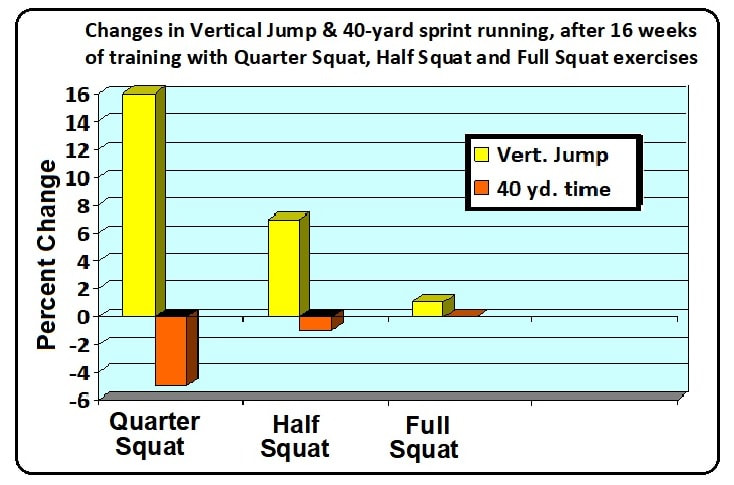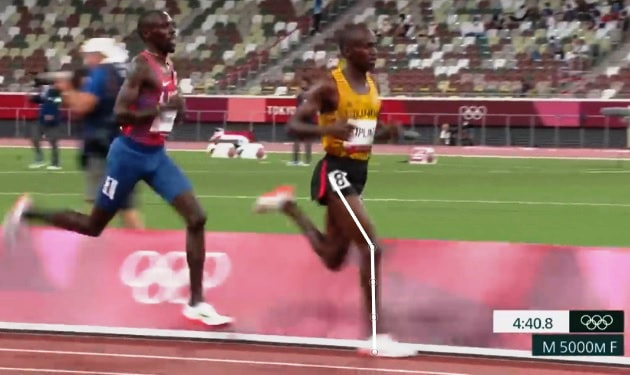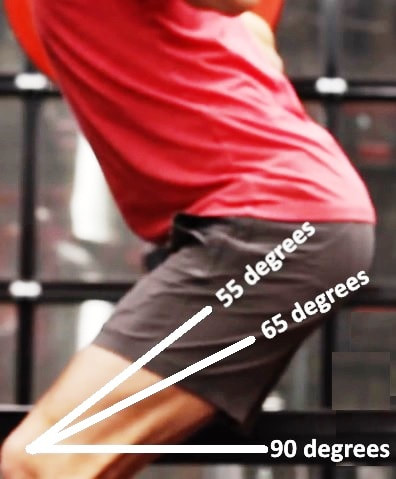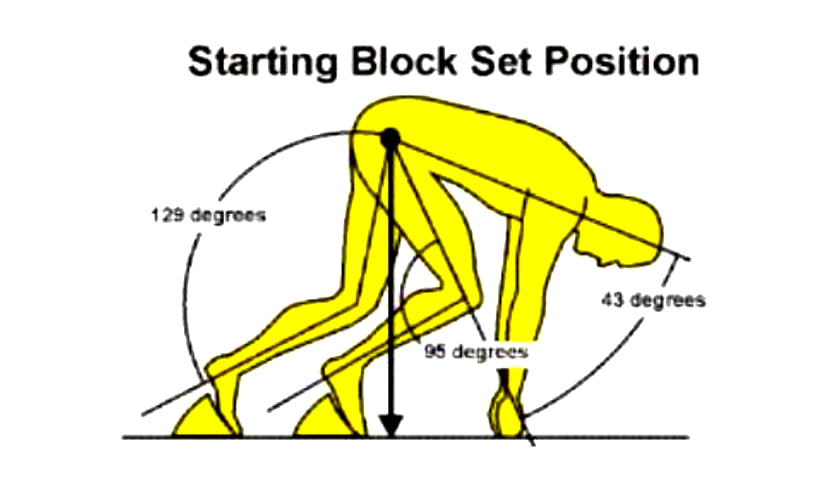program and I'm wondering if you have any recommendations for the type of squates I should include.
A few years ago I attended one of your talks and you had mentioned that basic speed was an ultimate determinate of running performance. For example, to prove your point, you said that someone whose 440 yard PB is 65 seconds could never run a 4 minute mile which would require running 60 seconds for each quarter mile.
A – Good question, and, yes, I have often used the 4 minute mile as a proof. After all, It makes common sense that if you you're maximum effort for 440 yards is 65 seconds, there’s no way you can run 4 in a row at that pace. As a matter of fact, if you want to even be a candidate to run a 4 minute mile, you need a 440 yd. capability of about 50 seconds. And even that won't guarantee you a 4 minute mile as you also need to develop other exceptional prerequiste parameters (e.g., Maximum Oxygen Intake (VO2max).
But to answer your question...In 2016, an international ensemble of 9 authors collaborated to conduct a study that compared the impact of various squats on speed and vertical jumpimg. The study is described in a paper titled:
Joint-Angle Specific Strength Adaptations Influence Improvements in Power in Highly Trained Athletes HUMAN MOVEMENT 2016, vol. 17 (1), 43–49
[NOTE If you feel like some really heavy technical reading, (and who doesn’t?), I have posted the full scientific paper HERE.]
Subjects and Methods of the Study
Twenty-eight men, age early 20’s, competing in a variety of U.S. college sports were split into one of 3 groups, differing only in the depth of squats exercises – that is Quarter Squats, Half Squats and Full Squats. The training lasted 16 weeks during which lower body workouts included 4–8 sets of squats, at the prescribed depth. The Quarter Squat was defined a knee joint angle of between 55 and 65 degrees.
Results
The graph below shows the Quarter Squat group enjoyed a greater decrease/improvement of just over 5% in their 40 yard dash times and about a 16% improvement in the vertical jumps.
The white lines in the image below show what I mean... BTW, that’s Uganda’s Jacob Kiplimo (World Half-Marathon Record holder) in front.
Additionally, for general athletic preparation, the participants also did other exercises for the lower and upper body, but at low volumes in each session (1–3 sets) and were identical for all three groups
Coach Pimm Tips
Tip 1) Before I share this tip - at no cost - I want you to appreciate the why.
Distance runners of all levels, regardless of speed, typically run betweeen 160 and 180 strides per minute. You can read an excellent Outside Magazine article by Alex Hutchinson HERE.
So effectively each leg is doing 80 to 90 1/4 squats per minute. This means 2,400 to 2,700 1/4 squats over 30 minutes. So in addition to addressing speed via strength gains, I suggest giving attention to specific muscular endurance.
As an example, if I were working with you, I might start begin your regime with the conventional 3 sets of 10 to 15 reps. But then eventually I might change the set format to
Doing 2 sets of 12 to 15 reps and then
a 3rd set with a significantly lower weight so that you
could do as many as 30 to to 50 reps or even higher.
This is just one example - there are many other configurations and the number of sets and repititions can be much higher. (Supervision recommended)
Tip 2) Very hilly courses (e.g., trails, cross country) can result in a greater angle at the knee vs. when running on the flat. So if you're training for courses, I recommend incorporating Half Squats (knee angle close to 90 degrees in some sessions.
Hope you find this helpful...now off you go to leap over buildings in a single bound.




 RSS Feed
RSS Feed
